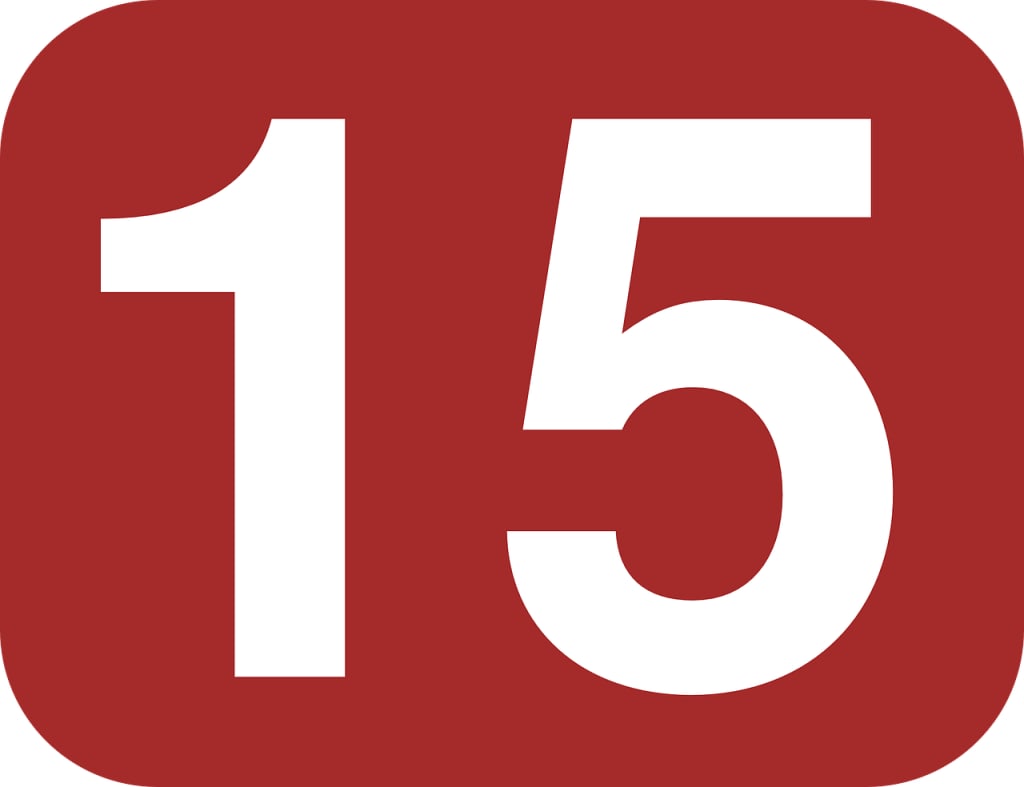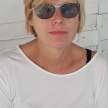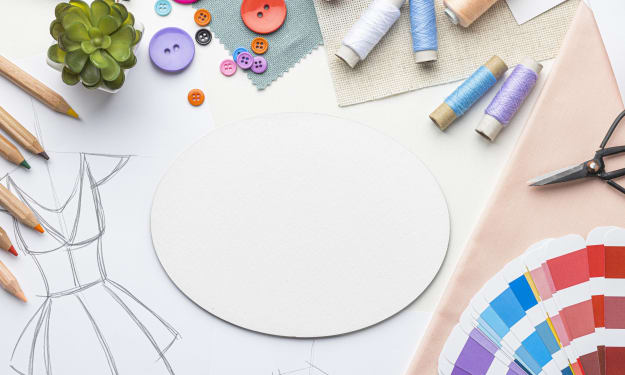Come eravamo, "I Quindici"
Childcraft Encyclopedia

The salesman of Childcraft rang the door, well dressed and with a briefcase. It was the early sixties, the serial instalments invaded the houses, a sign of an emancipation within everyone’s reach, of a tangible social progress made up of concrete things, such as cars, holidays, the bottled wine, the refrigerator, the kids’ TV. Intimidated housewives and grandparents made him sit in the good living room, offering coffee and spirits. With dignity and refinement, he opened his briefcase and showed new samples of books that would mark an entire generation, stimulating curiosity and imagination, forging the taste of many of us.
“Childcraft” was widespread from the mid-sixties to the mid-seventies.
The perplexed parent or grandfather barely dared to point out that the boy / girl still could not read but the fierce representative had ready the photo of the hippopotamus as big as six bathtubs, taken from “Life around us”, showing how the books were full of intuitive figures and immediate understanding.
The encyclopedia was made up of fourteen thematic volumes, aimed at children up to 10 years old — boys of that time, who did not know Ipad and playstation and were used to going to bed after Carosello — plus a volume dedicated to parents (“You and your child” ) which was very successful given the scarcity of writings on the subject then available.
The books were characterized by multicolored backs that created an unmistakable and recognizable rainbow from a distance on the home shelves, and it is precisely this edition, the first and mythical, that we refer to here, the others — black on cream, gold on black, and, again, partially multicolored (2006) — do not have the same evocative impact.
Nobody can forget the number nine, which can be identified by the upper edge that is tattered and dirty from too much use. The children used it continuously to make everything, from bookmarks to pen holders made with clothespins, to American sweets like scones, that nobody abroad knew what they were but made so much modernity, whereas modern, then, was synonymous with progress.
The fifteen colorful volumes covered the arch of knowledge, directing the users towards all aspects of the surrounding world. Some opened your eyes to the wonders of science and technology, others stimulated interest in history, nature, geography .
The volumes were called “the books of how and why”, they explained complicated concepts in a simple and immediate way, they had a didactic, popular but also ethical purpose. They pushed heroism, patriotism, the division between evil and good, as it was in the sensitivity of the time, made us eager to know, to explore, to travel, to read, to deepen, they aroused questions and the desire to go further to what the senses showed.
“Childcraft(…) is not a treatise nor an encyclopedia, nor a syllabary, nor a school manual. However, your children will find reality in its many aspects and will learn countless things: they will hopefully learn to read better, that is, to collect, with intelligence, exact notions and good emotions “.
Here is the double intention: to teach and excite, to approach knowledge through involvement, emotion, participation.
And we can grasp the push for progress, for social and spiritual elevation, which was typical of those years and which led the workers to study in the evening schools to graduate, to rise above the ignorant mass.
“Children really want to learn and understand. Is it not vital that they learn, better than dad, mom and older brothers, if this is as soon as possible? “
And who knows how many literary talents, how many rhythmic ears, have not been encouraged by the reading of fairy tales and “Poems and Rhymes”, volumes that taught to love words, spurring the imagination, the sense of reality but also of the magic, of the mystic, of the fantastic, with poems drawn from culture all over the world, with passages by Pascoli, Belli, Wanda Bontà, Cardarelli, Carducci, D’Annunzio, De Amicis, Fucini, Ada Negri, Palazzeschi, Pezzani, Saffo, Ungaretti.
The poems were reduced and adapted for children, according to a fashion that tended to condense the classics for children, but also the best sellers for adults, on the heels of the Reader’s Digest Selection that published “summaries” of novels of contemporary literature, concentrating the whole plot in 20/30 pages, saving some descriptions and dialogues of the original.
What the collection of “Childcraft” proposed, fully reflected the ideal of an entire era: “to create a better generation, open to beauty, truth, goodness”.
Perhaps because influenced by the ministerial programs strongly conditioned by the Catholic Church, we were not ashamed then to speak of goodness and honesty, to consider them values to be transmitted to future generations, for the improvement of the individual and consequently of the whole society.
It would not be bad if, occasionally, someone remembered it even today.
About the Creator
Patrizia Poli
Patrizia Poli was born in Livorno in 1961. Writer of fiction and blogger, she published seven novels.
Enjoyed the story? Support the Creator.
Subscribe for free to receive all their stories in your feed. You could also pledge your support or give them a one-off tip, letting them know you appreciate their work.






Comments
There are no comments for this story
Be the first to respond and start the conversation.